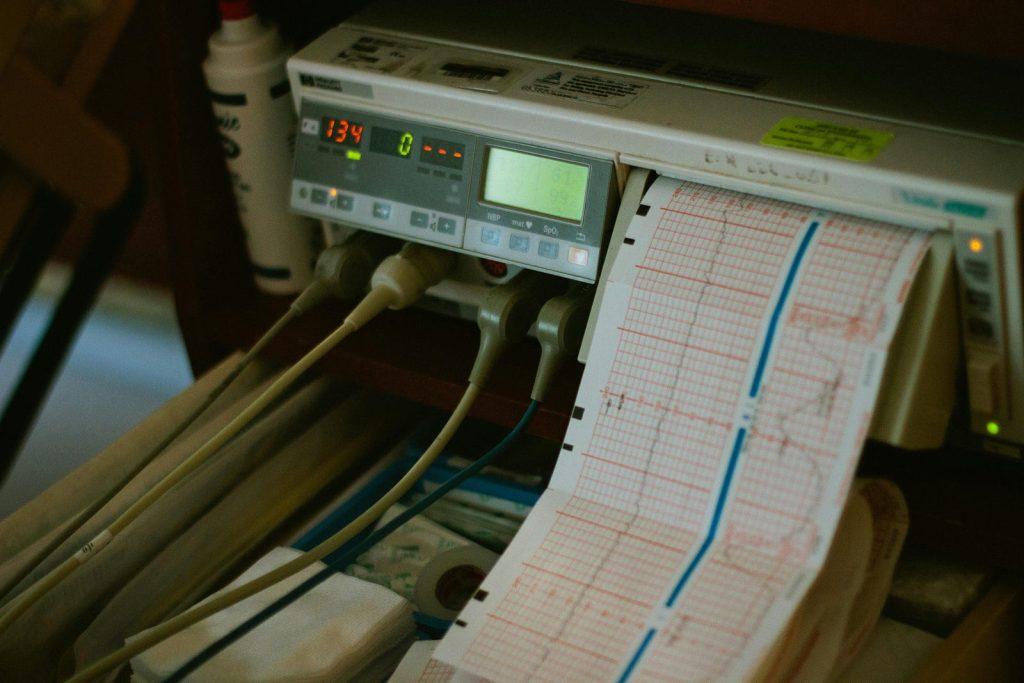When training isn’t “good enough:” how a medical device certification program can decrease mistakes, build loyalty, and help your bottom line

Most medical device companies don’t think they have a training problem. Even fewer think about building medical device certification programs as part of their strategy.
They invest millions in engineering, testing, and regulatory approval. They create user manuals, record a few training videos, and provide orientation sessions when a hospital buys their product. From their perspective, the device is intuitive, and the training is “good enough.”
But here’s the hidden gap: training doesn’t always translate into real-world, confident, competent use of devices. I’ve seen, in real life, that clinicians make do, improvise, or learn from one another in inconsistent ways. Devices are often used in ways they weren’t designed to be used. And when that happens, patients, clinicians, and companies all lose.
This is why I believe medical device certification programs are not just an educational checkbox, but a business-critical strategy.
The reality gap in medical device training
From the outside, training looks like it’s in place. But talk to clinicians on the ground and you’ll hear a different story.
I invite you to prove me wrong, but I’ve seen some empirical evidence that medical device education is:
- Underused. Busy clinicians skip or skim optional modules. “In-services” get lost in the shuffle of shift changes.
- Instructionally weak. Information is presented, but it is rarely retained. Education goes in one ear and out the other. Where’s the proof of competency after education?
- Not defensible. If an error occurs, the company can’t prove that training was adequate. That’s a liability risk, right?
- Unmonetized. Training is treated as a cost of doing business instead of a tool to build brand loyalty or even generate revenue.
This is not a small problem. It means devices are not being used as designed. And when devices aren’t used as designed, safety, effectiveness, and brand trust all suffer. That’s where medical device certification programs can help.
Why “used as designed” matters
Medical devices are engineered with extraordinary precision. Every feature, every control, every mode exists for a reason.
But engineering brilliance doesn’t guarantee proper use. A ventilator with advanced modes is only as good as the clinician who knows how and when to apply them. A bed designed for patient safety loses its effectiveness if the controls are confusing or inconsistent across models of the same brand.
Having worked in several hospitals, I see a pattern. I walk into a new hospital and can’t figure out how to adjust the bed. That’s not because I’m unskilled; it’s because what’s “intuitive” to an engineer isn’t always intuitive to a nurse.
This gap between design intent and practical use is where risk lives. And it’s also where medical device certification programs can shine.
Consequences of weak training
When training fails, the consequences ripple outward:
- For patients: Errors, delays, and safety risks increase.
- For clinicians: Frustration grows. Confidence decreases. Morale suffers when tools feel like barriers instead of supports.
- For companies: Devices underperform in the market, customer complaints rise, and exposure to legal or regulatory action increases.
Importantly, weak training undermines credibility. If a company can’t stand behind its training, how can it stand behind its device?
Beyond safety — strategic value
No question about it, ensuring safety is critical. But too often, training is treated as a cost. forward-thinking companies are shifting from “training” to medical device certification programs. Companies that embrace certification see it as a strategic asset.
- Ensure safety and reduce risk. Demonstrating competency means fewer errors.
- Support compliance and competency. Hospitals can point to certification as proof of competency.
- Open strategic pathways. Certification can be monetized through advanced tiers, sometimes offer CE credits, and alumni communities.
- Standardize knowledge and practice. A nurse in Boston and a nurse in Boise get the same validated training.
- Differentiate the brand. Certification signals sophistication and professionalism.
- Build brand prestige. A “gold standard” credential clinicians put on their resumes.
- Create customer loyalty. Clinicians value credentials, and companies build stronger relationships with certified users.
- Future-proof the company. Certified users are more likely to embrace new models once they’ve mastered existing ones.
- Provide market intelligence. Assessment data reveals what users know and where gaps exist.
The defensibility factor
Do not overlook the criticality of defensibility when considering a medical device certification program.
If a clinician misuses a device and harm occurs, the question will inevitably arise: Was adequate training provided? Was there proof that such training worked? That is, was there a validation mechanism in place?
A well-designed certification program provides clear, documented evidence that:
- competency was required and demonstrated.
- assessments were aligned with the device’s critical functions.
- renewal and ongoing education were part of the plan.
This does more than offer some legal protection. It builds credibility with customers and regulators.
In other words: certification protects patients and clinicians — but it also grows the business.
Closing the gap with medical device certification programs
The hidden gap in medical device training isn’t about whether companies provide information. It’s about whether clinicians can use devices as designed, confidently and consistently.
Medical device certification programs are the bridge that closes that gap. They protect patients, reduce risk, and strengthen companies — not just defensively, but strategically.
In a market where safety, credibility, and loyalty matter more than ever, certification is no longer optional. It’s the smartest investment a device company can make.
If this resonates with you, follow me here on Medium (and on LinkedIn) for more insights on how to build medical device certification programs that are safe, effective, and defensible.
